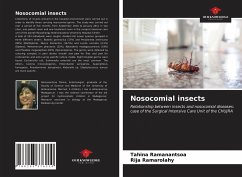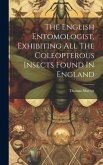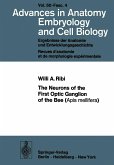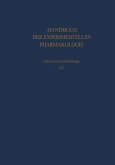Collections of insects present in the hospital environment were carried out in order to identify those carrying nosocomial germs. The study was carried out over a period of five months from September 2010 to January 2011 in two sites, one patient room and one treatment room in the surgical intensive care unit of the Joseph Ravoahangy Andrianavalona University Hospital Center. A total of 224 individuals were caught, divided into seven species grouped in three different orders: Blatella germanica (17%) and Periplaneta americana (08%) (Blattoptera), Musca domestica (16.5%) and Lucilia sericata (4.5%) (Diptera), Monomorium pharaonis (32%), Nylanderia madagascarencis (19%) and Pheidole megacephala (03%) (Hymenoptera). The germs were obtained by culturing samples in petri dishes (mouth and paw for flies and paw for cockroaches and ants) using specific culture media. Eight hospital germs were found. Escherichia coli, Salmonella enteritidi are the most common. The others, Listeria monocytogenes, Enterobacter aerogenes, Aspergillosis fumugatus, Pseudomonas aeruginosa, Klebsiella sp, Staphylococcus aureus are more specific.
Hinweis: Dieser Artikel kann nur an eine deutsche Lieferadresse ausgeliefert werden.
Hinweis: Dieser Artikel kann nur an eine deutsche Lieferadresse ausgeliefert werden.








